ASTM A105 is a standard specification for forged
carbon steel flanges and fittings, primarily defining their materials, performance, and operating conditions. It is widely used in both ambient and high-temperature pressure piping systems, such as those transporting steam, oil, gas, or chemical media.
This material, characterized by high strength, excellent pressure resistance, superior processability, and a wide operating temperature range, is often used in safety-critical applications such as the oil and gas, chemical, and power plants industries. Simply put, ASTM A105 fittings are robust, reliable, and versatile carbon steel pipe fittings.
1. ASTM A105 specification Standard Scope
The ASTM A105 specification covers forged carbon steel flanges, fittings, and valves used in pressure systems. It applies to parts designed for both ambient and elevated temperatures.The maximum weight of any forging manufactured under this standard is 10,000 pounds (4,540 kg). When heavier forgings are required, manufacturers must follow the ASTM A266/A266M standard.
However, ASTM A105 does not cover tube sheets or hollow cylindrical forgings used in pressure vessel shells. It also excludes raw materials, such as round bars or seamless tubular products, that are later used for machining piping components.This scope ensures consistent forging quality, dimensional accuracy, and mechanical performance in all ASTM A105 fittings.
2.Referenced Documents
The ASTM A105 standard relies on several related specifications and codes. These references ensure uniform quality and compatibility across industries.
ASTM Standards
ASTM A266/A266M: Carbon steel forgings for pressure vessel components.
ASTM A675/A675M: Hot-rolled carbon steel bars with specified mechanical properties.
ASTM A696: Special quality carbon steel bars for pressure piping.
ASTM A788/A788M: General requirements for steel forgings.
ASTM A961/A961M: General requirements for forged flanges, fittings, and valves.
MSS Standards
MSS SP44: Steel pipeline flanges.
ASME Standards
ASME B16.5: Steel pipe flanges and flange fittings.
ASME B16.9: Wrought steel butt-welding fittings.
ASME B16.10: Valve dimensions (face-to-face and end-to-end).
ASME B16.11: Forged steel socket weld and threaded fittings.
ASME B16.34: Valves with flanged, threaded, or welded ends.
ASME B16.47: Large diameter steel flanges.
API Standards
API 600: Flanged and butt-welding end steel gate valves.
API 602: Compact carbon steel gate valves for refinery use.
Together, these standards create a comprehensive framework for manufacturing and testing ASTM A105 fittings.
3.ASTM A105 Chemical Composition specification
The chemical makeup of ASTM A105 fittings ensures balanced strength and toughness. The material typically includes carbon, manganese, silicon, and trace alloy elements.
|
Element
|
Content (%)
|
|
Carbon (C)
|
0.35 max
|
|
Manganese (Mn)
|
0.60–1.05
|
|
Phosphorus (P)
|
0.035 max
|
|
Sulfur (S)
|
0.040 max
|
|
Silicon (Si)
|
0.10–0.35
|
4. Carbon Steel ASTM A105 Threaded Fittings
ASTM A105 threaded fittings are a forged type of carbon steel fitting produced in accordance with ASME B16.11 and BS 3799.
Common types include Threaded Elbows, Tees, Crosses, Couplings, Caps, Unions, Plugs, and Bushings. These fittings are available in Class 2000, 3000, and 6000 pressure ratings.
Manufacturing and Heat Treatment
The forging temperature for ASTM A105 is between 1,700°F and 2,200°F (925°C–1,200°C). After forging, the fittings undergo quenching and tempering to refine their grain structure.
Manganese and silicon in the composition enhance strength and hardness, while the heat treatment ensures dimensional stability.
However, since the corrosion resistance is limited, galvanized or zinc-coated elbows are recommended to extend service life in harsh conditions.
5.Elongation of ASTM A105
|
Computed Minimum Values
|
|
Wall Thickness
|
Elongation in 2 in.or
|
|
in
|
mm
|
50mm, min,%
|
|
5/16(0.312)
|
7.9
|
30
|
|
9/32(0.281)
|
7.1
|
28.5
|
|
1/4 (0.250)
|
6.4
|
27
|
|
7/32(0.219)
|
5.6
|
25.5
|
|
3/16(0.188)
|
4.8
|
24
|
|
5/32(0.156)
|
4
|
22.5
|
|
1/8 (0.125)
|
3.2
|
21
|
|
3/32(0.094)
|
2.4
|
19.5
|
|
1/16(0.062)
|
1.6
|
18
|
6.Difference Between ASTM A105 and A105N
ASTM A105 and A105N share the same chemical composition, but A105N undergoes a normalizing heat treatment, while A105 does not.
The normalizing process enhances A105N’s strength and low-temperature toughness, making it ideal for high-pressure or critical applications.
A105 is mainly used in general industrial piping and low to medium-pressure fittings, while A105N suits high-pressure and petrochemical systems.
Select 33 more words to run Humanizer.






 English
English Español
Español بالعربية
بالعربية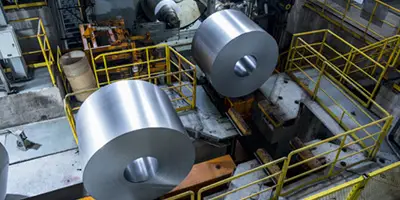

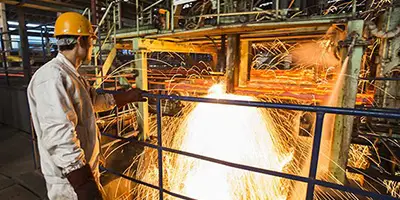
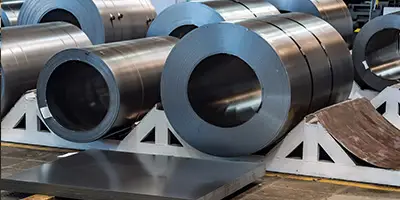

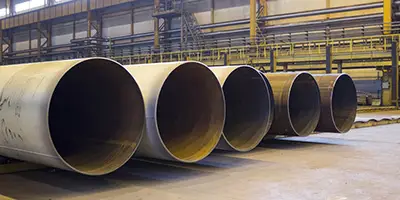
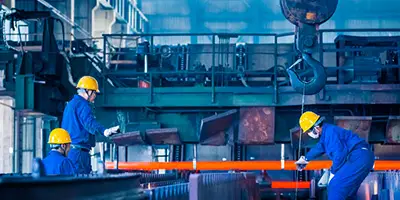
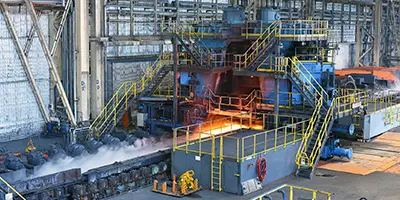
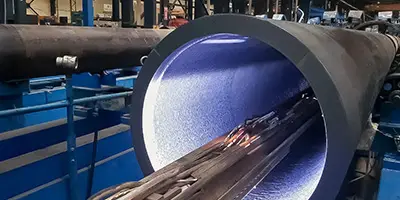
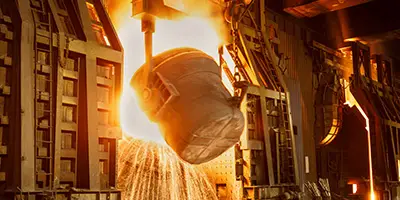

 Phone :
Phone :  Whatsapp :
Whatsapp :  Email :
Email : 


